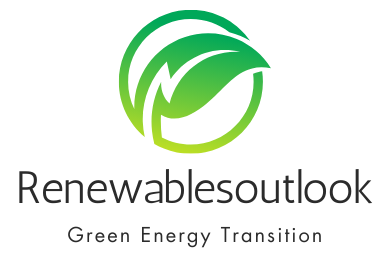Background:
The 1st Renewable Energy Directive (RED) was adopted in 2009, aiming at minimum 20% share of renewable energy sources into the energy consumption by 2020. The RED was revised (recast) in 2018 to deliver even higher targets of minimum 32% share of renewables of energy consumption by 2030. Subsequently, European Green Deal (EGD) was adopted aiming at 55% reduction in Green House Gas (GHG) emissions and net zero GHG emissions by 2050.
In order to meet these ambitious targets, “Fit for 55” package was adopted and therefore a proposed revision of RED, that is now “revised RED II”. The proposed revision of RED II is on-going and expected to be completed by end of 2022. The following are some of main points, what to expect from this revised RED II.
Renewables Energy Consumption 2030 EU-wide Targets
The proposed EU-wide renewables target to be increased to 40% share of final energy consumption. The EU-wide targets would require from Member States to submit their revised National Environment and Climate Plan (NECP) by June2030.
In order to mainstream renewable electricity, near-real-time information on renewable share of electricity and GHG emissions from electricity to be provided by Transmission systems operators (TSO) and distribution system operators in each of their bidding zones. This has to be as close to real time as possible but in time intervals but no more than one hour and this information to be available e.g. at EV charging stations, heating and cooling systems and building energy management system.
Anew article is proposed on mainstreaming renewable energy and enabling measures to mainstream heating & cooling in buildings and with a Union target of 49% consumption share of renewables by 2030, while promoting efficient heating and cooling.
The Member states require to increases efforts in RES heating and cooling to at least 1.1% annual average percentage points. Regarding District heating and cooling, 1% annual increase percentage-point target to Climate 2030 targets, is a preferred option and is aligned with the European Green Deal.
Heating and Cooling Targets
Transportation Sector
Along with other environmentally friendly biological fuels, It is proposed to promote the renewables fuels of non-biological origin e.g. Hydrogen.
It is proposed to strengthen the current EU bio energy sustainability criteria, that would provide the most direct safeguard against the risks of production of biomass in high biodiversity areas. It is also recommended to phase out (with some exception) support for electricity production from biomass from 2026.
Further Power Purchase Agreements (PPAs) should not introduce new burden and financial support for the use of PPAs for small and medium-sized enterprises, as this would have positive benefit for the uptake of renewables economy.
Bio energy Sustainability and Power Purchase Agreements
Offshore Energy Production
Member States must jointly define and agree to cooperate on the amount of offshore renewables generation within each sea basin by 2050, with intermediate steps in 2030 and 2040.
Note: Since the article publication, the renewables energy production targets are further revised, aiming at-least 42.5% by 2030.

Itís hard to find educated people on this topic, but you seem like you know what youíre talking about! Thanks